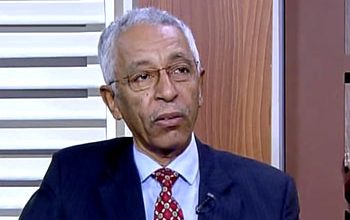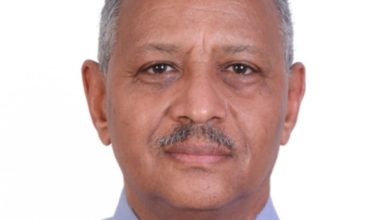Economic Recovery and Poverty Alleviation

By: Walid Daleel
In its new report “Poverty, Prosperity, and the Planet,” the World Bank indicated that eradicating poverty—as defined for nearly half the world’s population living on less than $6.85 per day—may take more than a century if progress continues at the current slow pace. The report presents the first global assessment of progress toward poverty eradication and shared prosperity on a livable planet in the aftermath of the COVID-19 pandemic.
The report confirms that the global goal of eradicating extreme poverty—defined as living on less than $2.15 per day per person—by 2030 is becoming increasingly unattainable. Eliminating poverty at this threshold could take three decades or more, especially in low-income countries. Currently, nearly 700 million people—about 8.5% of the world’s population—live on less than $2.15 per day. It is projected that 7.3% of the global population will still be in extreme poverty by 2030. Extreme poverty remains concentrated in countries facing fragility and persistently low economic growth, many of which are located in Sub-Saharan Africa.
Today, 44% of the world’s population lives on less than $6.85 per day—the poverty line for upper-middle-income countries. The number of people below this threshold has not changed significantly since 1990, due to population growth.
Poverty is more than just a lack of income, resources, or a sustainable livelihood. Its manifestations include hunger, malnutrition, limited access to education and basic services, social discrimination, exclusion from society, and lack of participation in decision-making. In 2015, more than 736 million people lived below the international poverty line. Around 10% of the global population (pre-pandemic) lived in extreme poverty, struggling to meet basic needs such as healthcare, education, water, and sanitation. For every 100 men aged 25 to 34 in poverty, there were 122 women, and over 160 million children are at risk of continuing to live in extreme poverty by 2030.
As of October 2024, the number of people in need of humanitarian aid in Sudan reached 28.9 million, of whom 16.9 million require life-saving assistance, according to the government’s Humanitarian Aid Commission.
The United Nations Office for the Coordination of Humanitarian Affairs (OCHA), in its latest report, stated that 30.4 million people will require humanitarian aid in 2025.
In another recent report, the International Organization for Migration (IOM) announced that the number of people displaced by the ongoing conflict in Sudan has risen to nearly 15 million. The report noted that total displacement increased by 27% over the past year, reaching 11,559,907 internally displaced persons, while 3,352,418 crossed borders into neighboring countries.
The IOM also noted that 84% of displaced households (around 2.3 million families) are in need of food, while 78% require non-food items, particularly shelter and fuel.
The recovery period is expected to be prolonged after the conflict ends. There must be greater focus on developmental and agricultural aspects, and efforts must be made to combat the factors reducing agricultural productivity through coordination with relevant environmental bodies and a focus on combating desertification.
The war and displacement in Sudan have also disrupted the environmental balance. As people flee the conflict and return to their villages, they rebuild using scarce resources vital to the ecosystem—cutting down trees and converting old migration routes and pastures into farmland. These actions accelerate desertification and worsen drought conditions, potentially reigniting conflict.
The root causes of Sudan’s economic crisis include:
The national economic crises are largely the result of accumulated mismanagement, particularly by the Ministry of Finance, which adopted flawed policies such as borrowing from the banking system and injecting large amounts of liquidity. Sudan’s policy must shift toward reform to avoid the collapse of a resource-rich economy.
Reducing government spending and re-evaluating central bank policies is essential.
Reviewing the national budget, visiting production areas in the states, resolving agricultural issues, avoiding overreliance on foreign loans, and making better use of Sudan’s own resources.
Providing additional incentives for expatriates to channel remittances through official banks and issuing decisive policies to stop the smuggling of gold and gum arabic.
Addressing inflation, which is primarily driven by rising prices of locally produced goods—such as domestically grown wheat, which is now more expensive than imported wheat—as well as foodstuffs like grains, sugar, and meat, which contribute to 56% of inflation increases. There is also significant disparity in inflation rates.
Stabilizing the exchange rate.
Implementing comprehensive solutions that include resource development, fighting waste, corruption, nepotism, monopolies, dumping, and money laundering. Financial inclusion must be expanded and its mechanisms activated. The central bank’s regulatory role should be strengthened to reform the banking system, eliminate inconsistencies in banking laws and financial institutions’ activities, develop and regulate financial markets to attract national and foreign savings, and establish an export promotion program.
Serious preparation is needed, especially concerning external debt issues.



